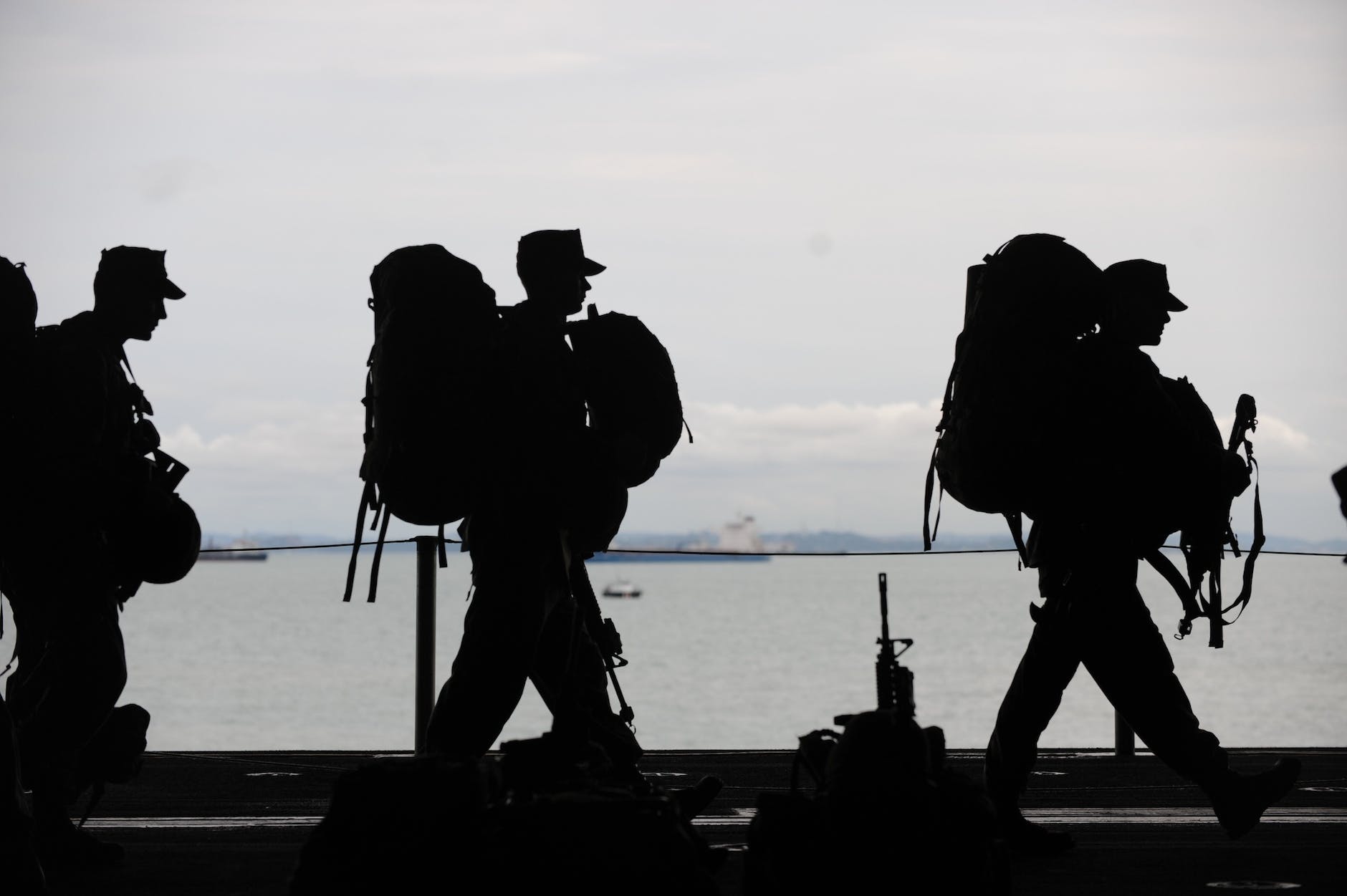
This equation is intriguing, isn’t it? But no, it has nothing to do with Artificial Intelligence. And this post was not written by ChatGPT either.
This equation defines the geopolitical strategic playbook run by several nation states for the last 50 years. Let me explain.
A for Afghanistan
Between 1979 and 1989 Russia, then bigger & called the USSR, invaded its smaller neighbour, Afghanistan, to fight off the Taliban, then called the mujahideen. Russia’s goal was to secure the pro-Soviet government in Afghanistan, much similar to what the USA was trying to do years later.
Similar again, the Russian invasion failed but it took Moscow ten years to accept that. One of the major factors of this failure, as a hit movie starring Tom Hanks leads us to believe, was the fact that the USA was supplying the Taliban with a vast amount of handheld anti-tank and anti-aircraft weapons. Bazookas, basically.
There were other factors too, of course, and many nation states as supporters on both sides. It was a proxy conflict for the Cold War after all. And sadly it took the lives of hundreds of thousands of Afghans, and forced many more to leave the country.
But in essence that bazooka resistance is what crushed the Russian army ability to exert its supposedly overwhelming military capacity over the Afghan countryside.
I for Iraq
Right before the first Desert Storm, Saddam was still a friend of the USA. And when Iraq neighbour, Kuwait, got caught drilling sideways below the border into Iraq oil fields, Saddam was not happy.
When negotiations with Kuwait failed, Saddam consulted with US diplomats on consequences of a military operation against Kuwait. In no specific words he was advised that the US would not interfere.
Much to his surprise, the USA in fact was looking for a good reason to interfere. And they got it when the Iraq army conquered Kuwait.
Two weeks later a coalition of 35 countries formed to counter Saddam’s conquest. Five months later operation Desert Storm began. Kuwait was freed, and the allied armies reached Baghdad outskirts in no time. The USA triumphed on many levels, astonished the world with its military capacity and set almost in stone their “leaders of the free world” narrative.
U for Ukraine
On the eve of the Russian invasion of Ukraine in February 2022, the experiences from Afghanistan and Iraq were very much present.
The message from the White House was consistent and said that NATO will not interfere as Ukraine is not part of the alliance.
But at the same time, for days before the Russian army first crossed Ukraine borders, an air bridge between different US stockpiles and Kiev was opened using dozens of C-17 Globemasters. Seeing 8 of these huge planes on Flight Radar, all up in the air running the same route 60 minutes apart is a show for US Army capacity.
Soon afterwards, we learned that these runs delivered mainly anti-tank Javelins and anti-aircraft Stingers. Bazookas. Much like the mujahideen in the 80s, Ukrainians decimated Russian armored vehicles and low-flying aircrafts at the start of the war, as Putin was pushing its troops to ignore resistance, move fast and take Kiev first.
The scale of support for Ukraine by the West had to be an equal surprise to Putin as it was to Saddam when he found out just how much the US & allies are willing to do to free the people of Kuwait.
T for Taiwan
For the math geeks out there, my notation here with U(t) is not strict but what I want to say is that Ukraine is a function of Taiwan.
See, China is in a pickle now. The supposedly second army in the world was expected to take over Ukraine in a matter of days. Instead, it got stuck for almost a year now, taking heavy losses and even losing a lot of ground lately.
How the Chinese Army, that has never run a serious operation let alone an invasion can compete with an army that has a continuous battle history of almost a century? Especially when Ukraine showed clearly that a resisting population supplied with lots of portable but effective weapons, continuous connectivity via StarLink and expert intelligence data can decimate the invader at a much lower cost than ever before.
Leadership in Beijing surely has to be worried. China global image rests on its supposed might in every aspect—social, economical and military. But its all propaganda for now, emperor’s new clothes. An actual invasion of Taiwan would lay the cards on the table.
And what Ukraine showed is that nowadays, it’s hard to be an invader. Defensive weapons and intelligence increase the cost for invaders dramatically—both in lost men and equipment.
If China is unable to conquer Taiwan within weeks—which it surely is unable to accomplish unless basically carpet bombing or nuking the island (but what’s the point of conquering a dead radioactive island anyway?)—the whole thing becomes a huge problem that could destroy China itself, much like the failed Afghanistan invasion was the final blow to the USSR. And hopefully the failed Ukraine invasion is the final blow to Putin’s Russia.
Which I think just goes to show that the strategic playbook is still at play. And the USA, by using the same methods as before, placed a check-mate on the global geopolitical chess board. For now at least.
Until one of the players throws the board off the table. And we end up with a WW3 on our hands. But nobody wants to do that. Because as history shows, every nation that did that got utterly destroyed in the end.
So the chess board stays. And everyone involved must sit once again at the table, and talk. And the rest of the world will once again mourn the innocent victims of proxy wars.
Will we finally learn to resolve our conflicts peacefully? Either we do and humankind thrives or we don’t and humankind dies. It’s that simple.
